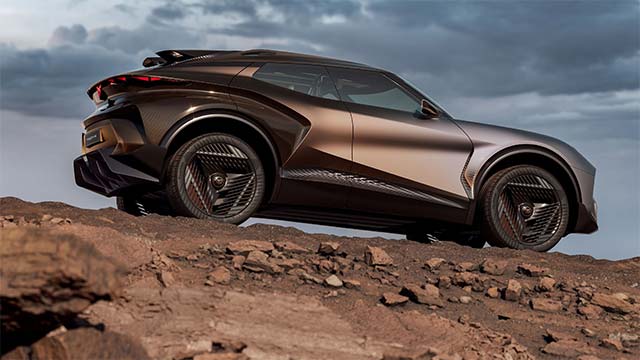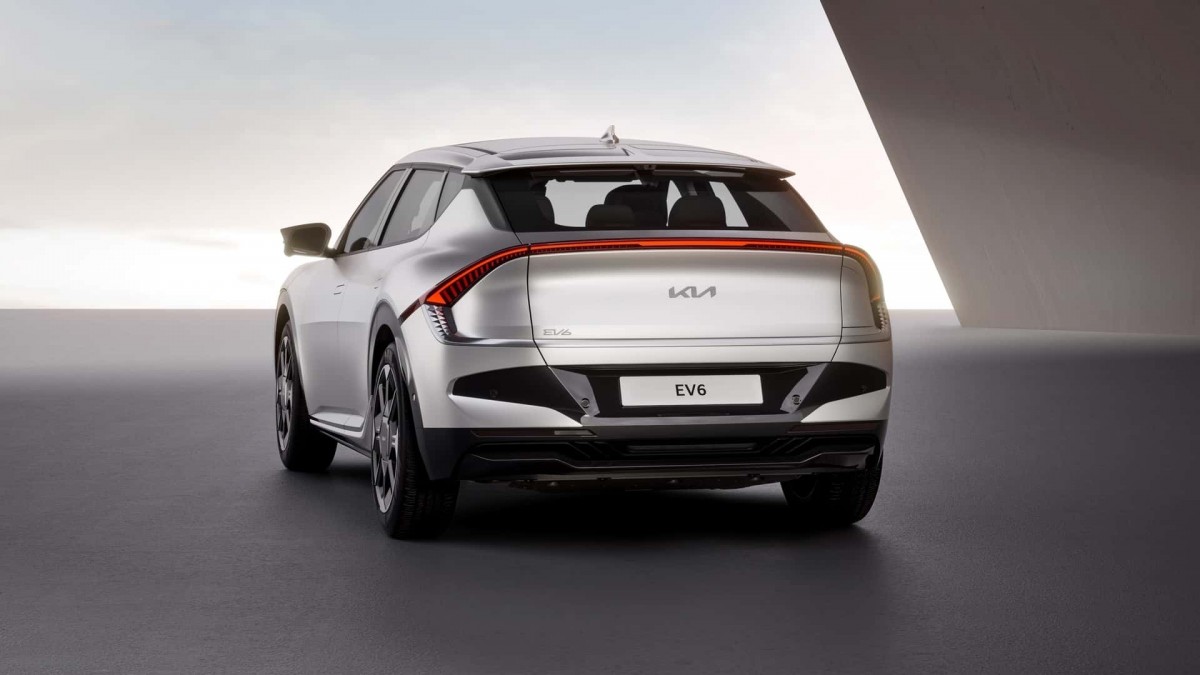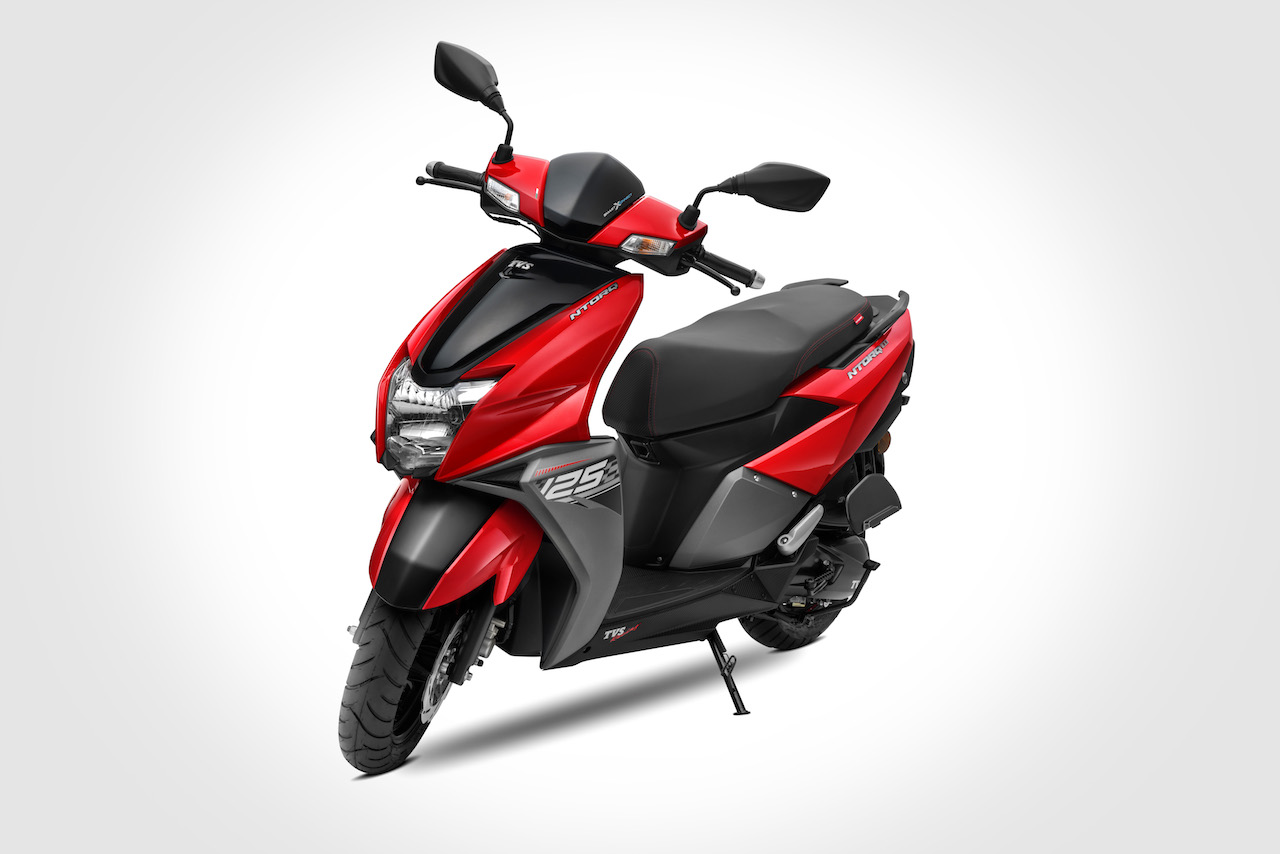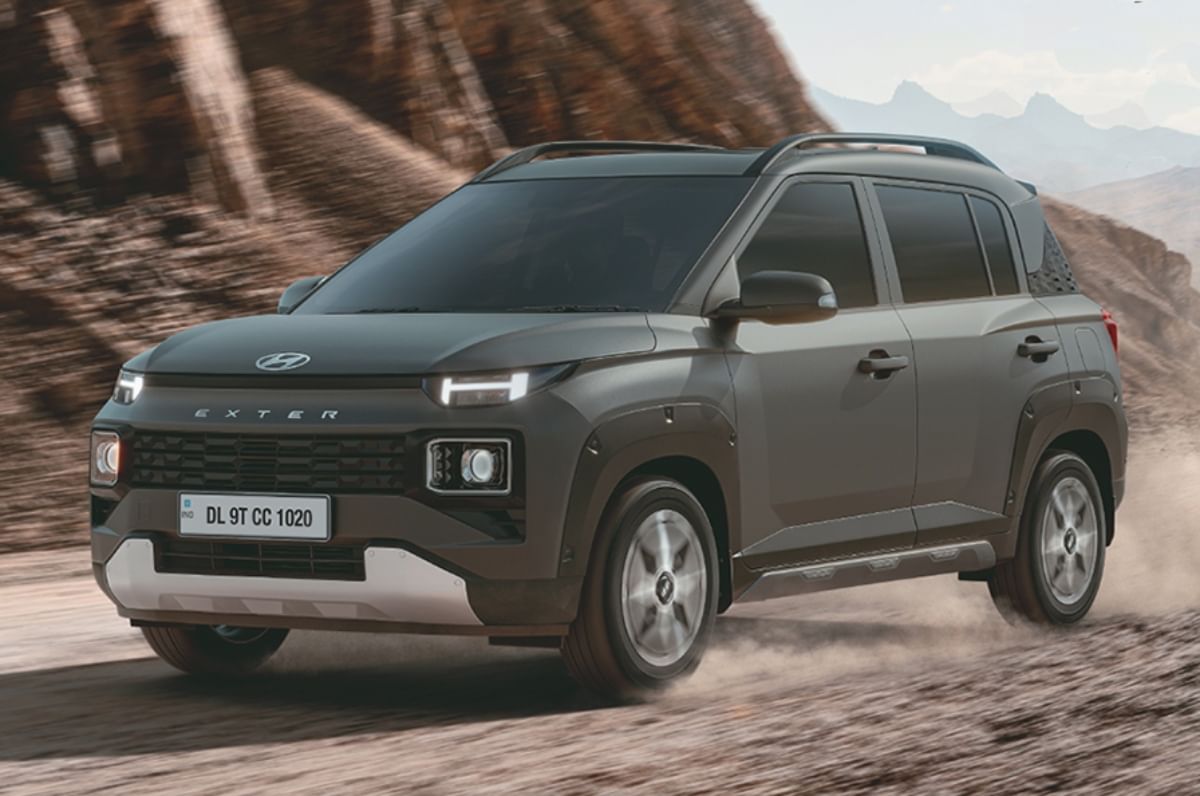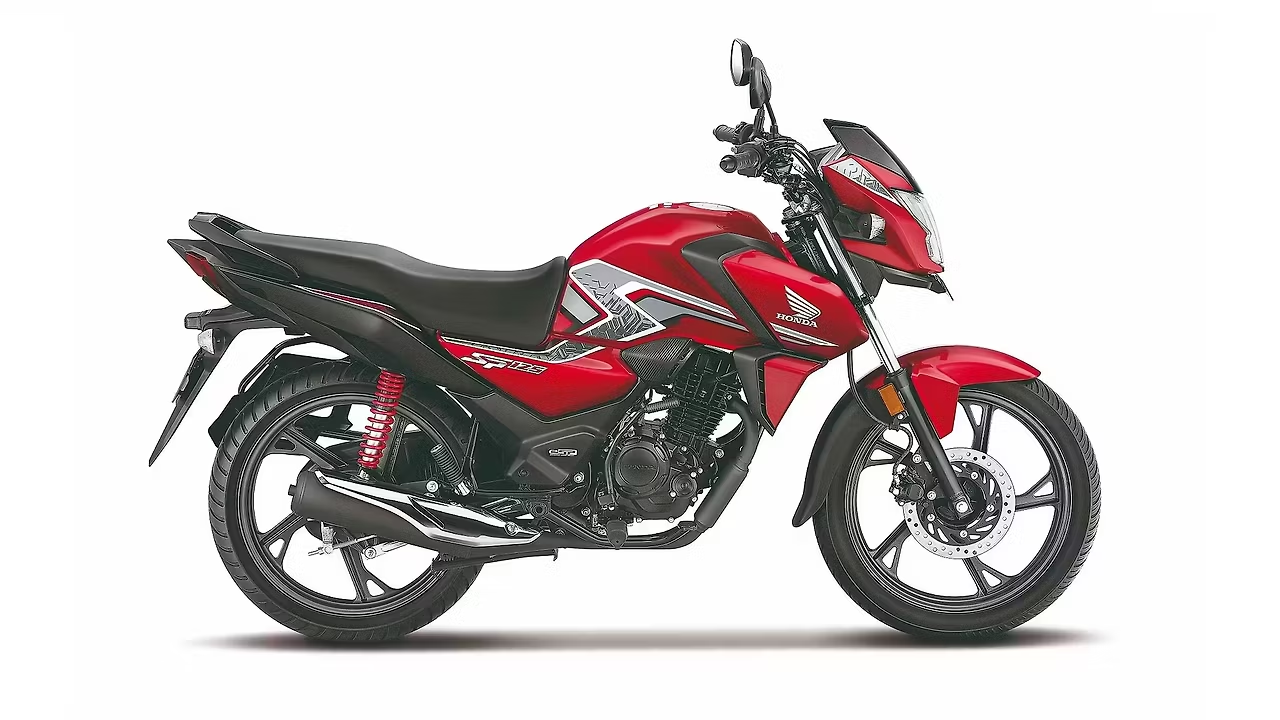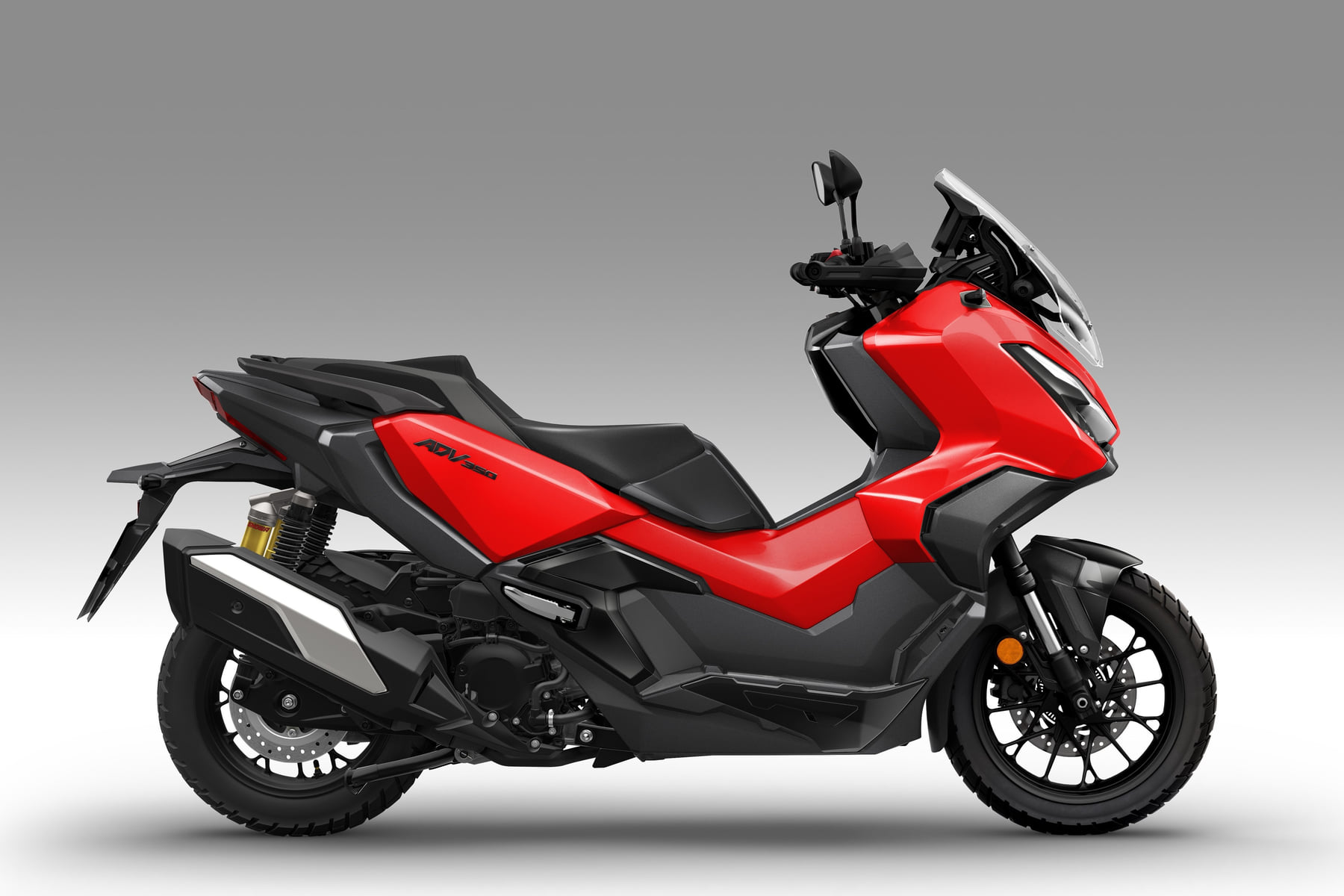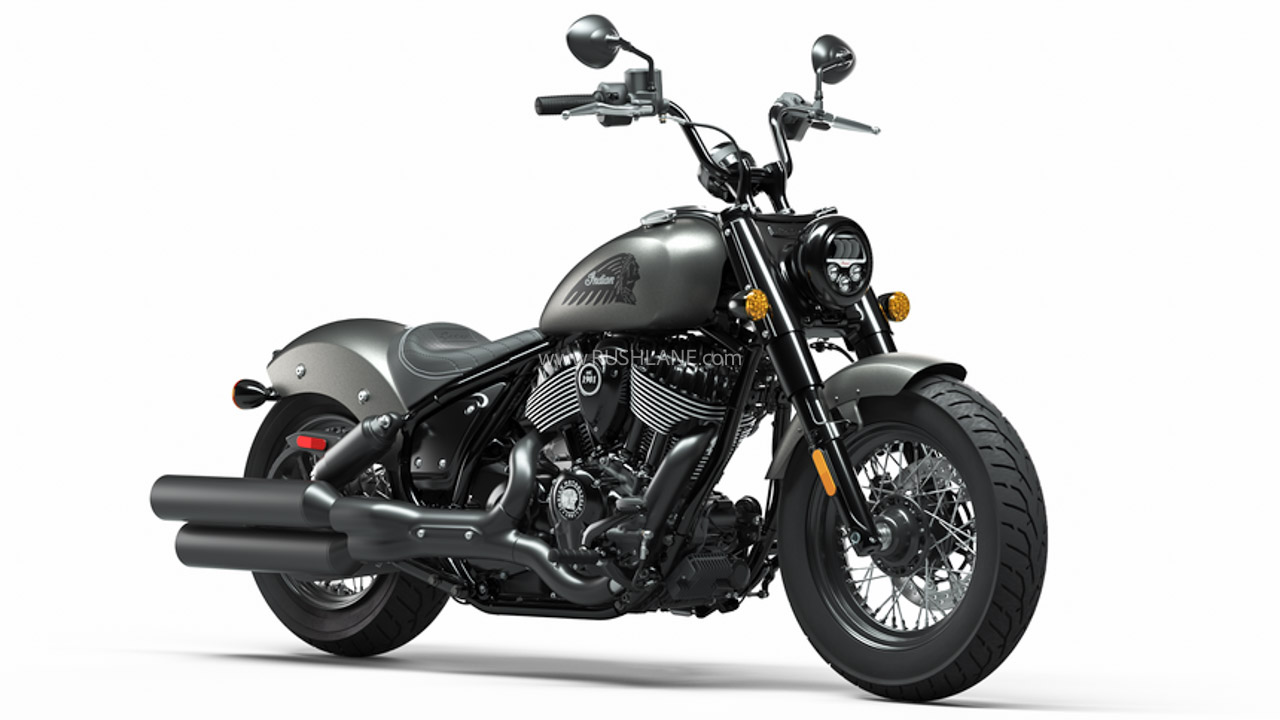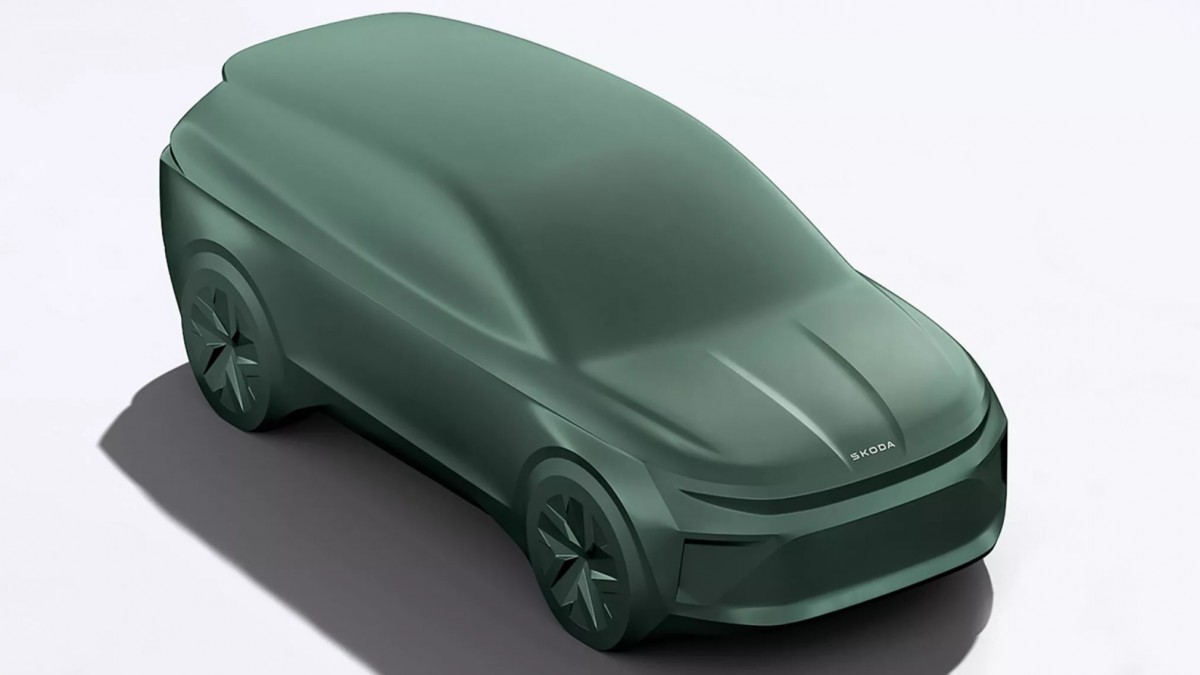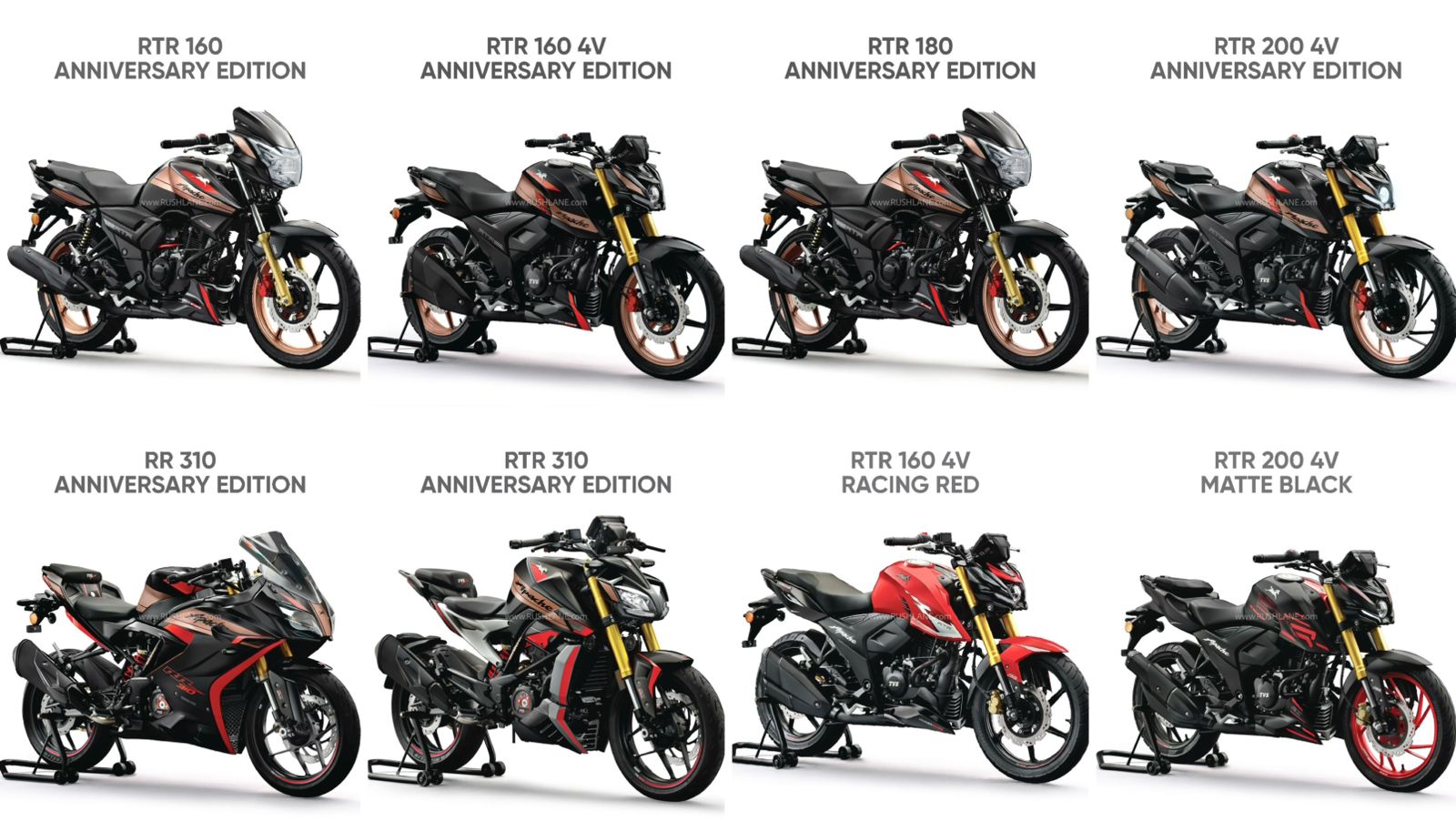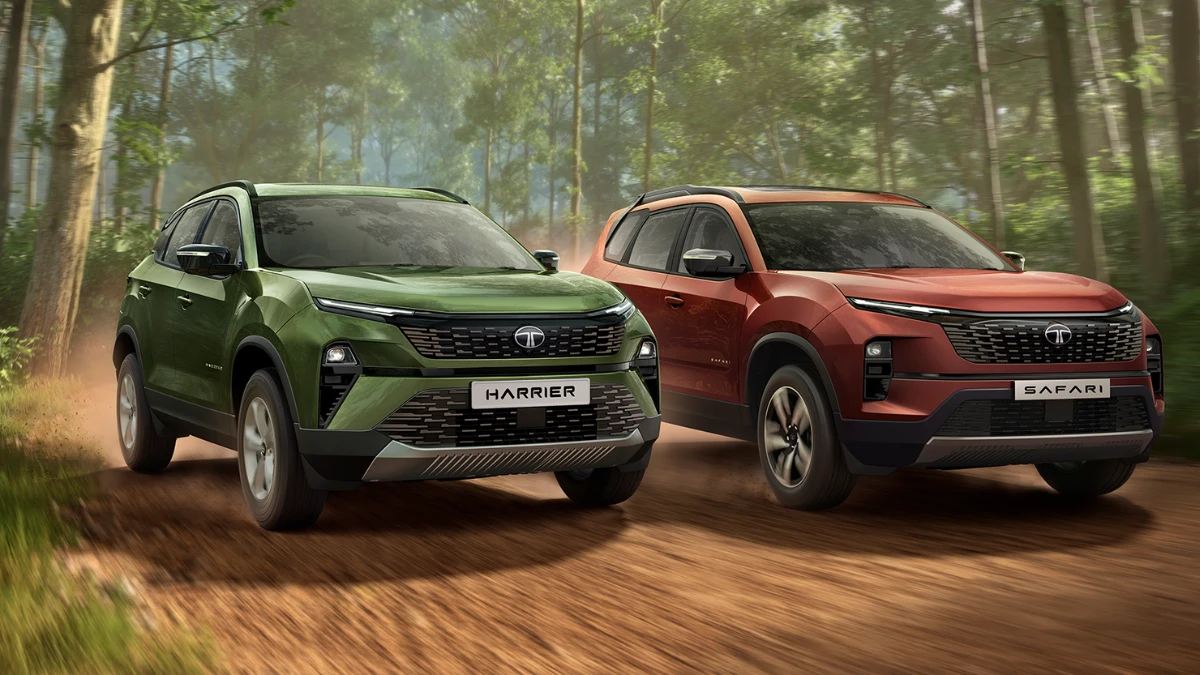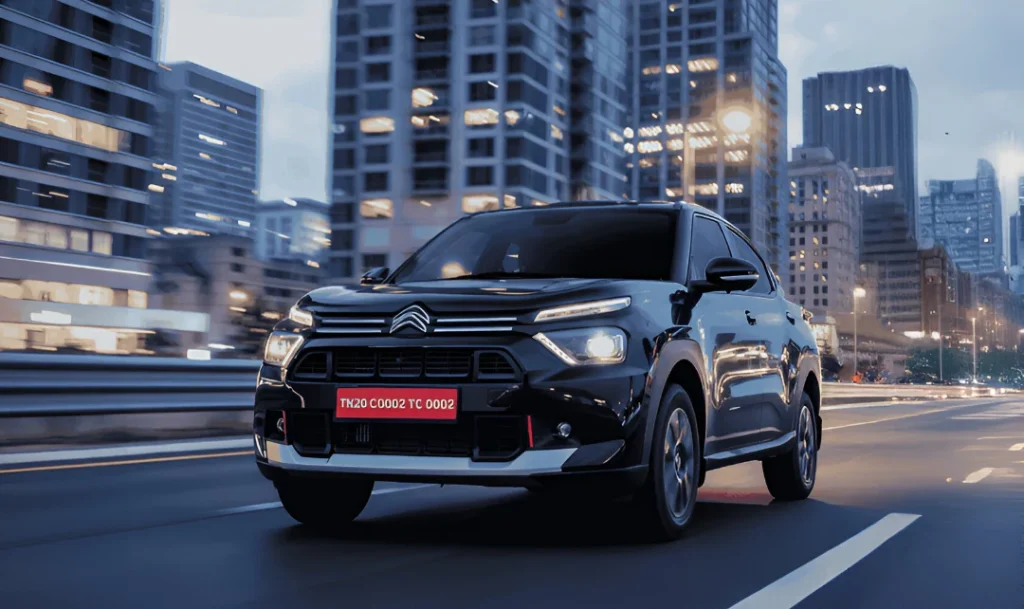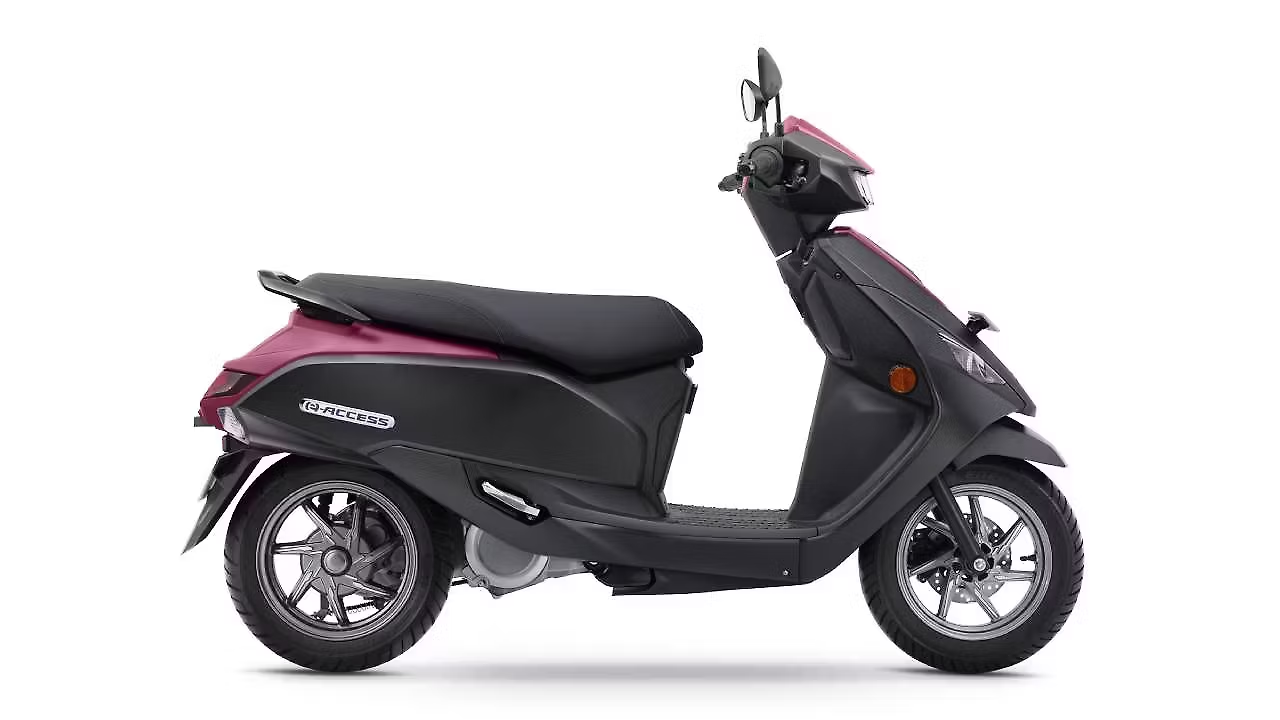CUPRA Tindaya Showcar Debuts with Radical Design at IAA Mobility 2025; At IAA Mobility 2025 in Munich, CUPRA unveiled the Tindaya Showcar, a bold concept that pushes automotive design into a new expressive era. The Tindaya is built around the mantra “No Drivers, No CUPRA,” placing the driver at its core. It features saloon-style opposing doors, a radical form inspired by human anatomy, parametric surfaces that shift with light, and an immersive interior centered around “The Jewel,” a glass prism that activates the vehicle and offers sensory feedback.
CUPRA describes the car via three themes — Origins, Alive, and Transformation — reflecting a philosophy of blending digital and analog, life and machine. Under the skin, it may not forgo tech: the concept experiments with responsive surfaces, 3D touch, color-shift materials, and evolving textures. Though not yet a production vehicle, the Tindaya’s design language and experiential features are expected to influence future CUPRA models and reflect the brand’s renewed focus on emotional driving.
CUPRA Tindaya Showcar Debuts with Radical Design at IAA Mobility 2025 Overview
| Aspect | Detail / Concept |
|---|---|
| Model Name | CUPRA Tindaya Showcar |
| Debut Event | IAA Mobility 2025, Munich |
| Design Philosophy | “No Drivers, No CUPRA”; driver-centric, emotional design |
| Doors / Layout | Opposing saloon-style doors with open cabin |
| Interior Focus | Driver-oriented layout, sensory interaction, The Jewel prism |
| Key Concepts | Origins, Alive, Transformation |
| Material & Surfaces | Parametric textures, dynamic colour shifts, 3D interfaces |
| Inspirational Motif | Human anatomy, “breathing” surfaces, evolving geometry |
| Future Impact | Design, interfaces, experience to influence upcoming CUPRA models |
Design Philosophy & Driver Focus
CUPRA’s Tindaya is rooted in the belief that the driver is central — as expressed in its guiding principle “No Drivers, No CUPRA.” Unlike many futuristic concepts that lean toward autonomous tech, Tindaya doubles down on the bond between human and machine. Every element of the exterior and interior is oriented around enhancing that connection. The doors open outward in a saloon fashion, creating an unobstructed flow into the cabin, and cockpit elements are angled toward the driver to emphasize control and immersion.
Exterior & Dynamic Form
Visually, the Tindaya blends sculptural and organic design cues. Its form is inspired by human anatomy: the roof features a Y-shaped spine structure that links to its evolving surfaces. Colour transitions dynamically along the body, with parametric textures that morph under varying light. Wheels are designed to change appearance depending on viewpoint, creating a sense of motion even at rest. The front mask houses expressive lighting elements that act like a “breathing” interface, visually reinforcing the car’s living machine concept.
Read it Also – Ultraviolette X-47 Crossover Launched at ₹2.49 Lakh — Radar Tech & 323 km Range
The Jewel & Interior Experience
At the heart of the Tindaya’s cabin sits “The Jewel,” a glass prism that functions as a multisensory interface. It activates the vehicle, lets the driver choose among interaction modes, and modulates ambience through light, sound and touch. The interior uses 3D touch surfaces, layered materials, and evolving textures to reinforce a living, responsive environment. Surfaces shift in appearance and feel, merging solidity and transparency, and seating is designed with parametric forms to provide both comfort and expression.
Origins, Alive & Transformation Themes
CUPRA frames the Tindaya through three conceptual lenses:
- Origins: A focus on returning to analog purity and emotional driving—balancing digital elements with human-centric control.
- Alive: The car is treated as a living entity, with exterior breathing, interactive materials, and responsive design that feels alive.
- Transformation: Nothing stays static. Exterior colours, textures, and surfaces transform with viewing angle and environmental input.
Influence & Future Direction
Although the Tindaya is a showcar, its design and interface experiments are meant to inform future CUPRA production cars. Elements like driver-focused layouts, evolving surfaces, human-centric interfaces, and hybrid materials may trickle down. The concept also reinforces CUPRA’s identity as a brand driven by emotion, bold design, and a distinct connection between car and human.

MK Vats is the founder and owner of MotoElectra.com, a leading platform dedicated to cars, bikes, electric vehicles, and automotive technology. With a deep passion for vehicles and innovation, MK Vats has committed his career to sharing comprehensive reviews, latest news, and expert insights for automotive enthusiasts and potential buyers.
